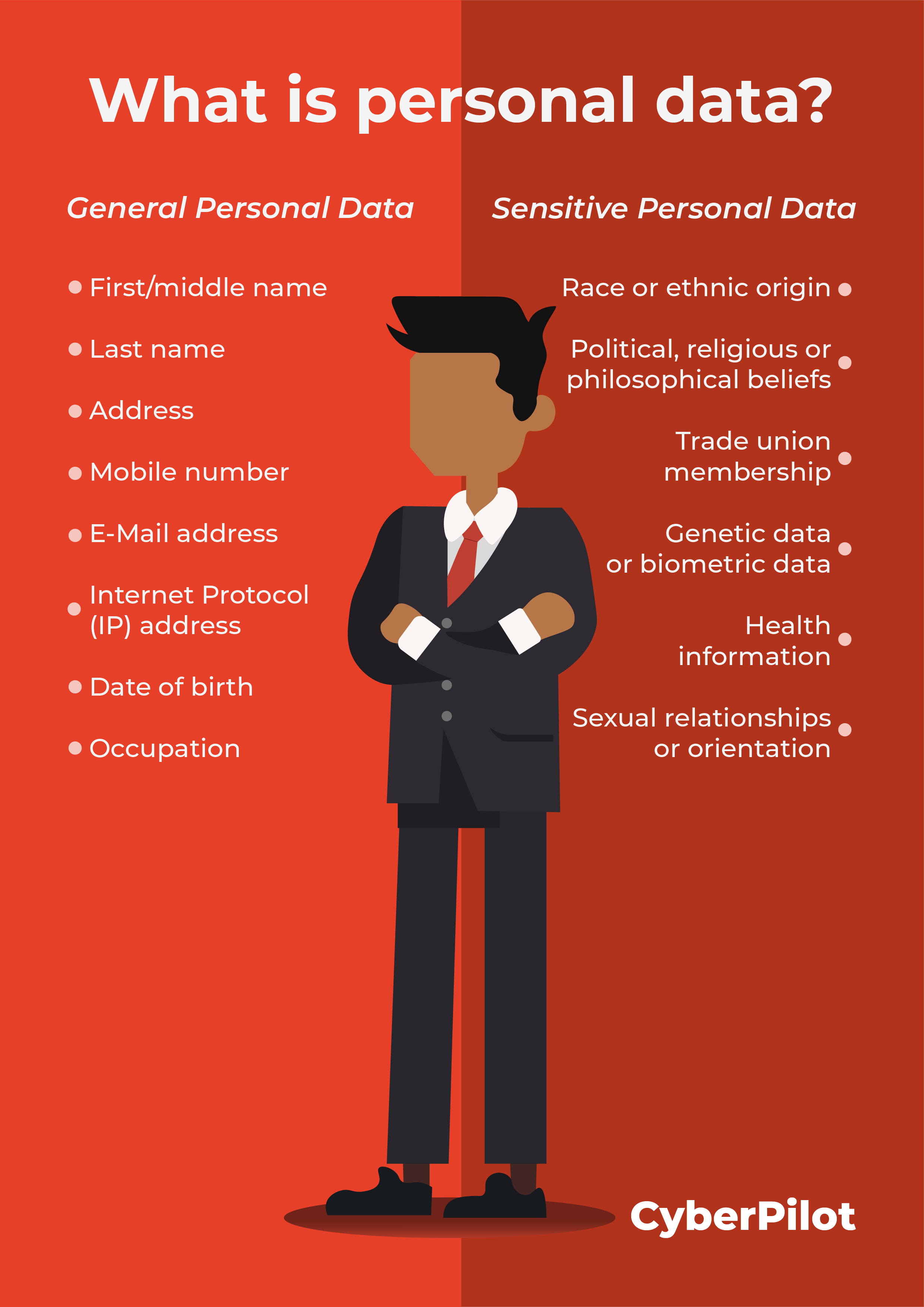Email is an essential tool for modern communication, especially in business. We send messages to clients, colleagues, and partners daily. However, with all this data flowing back and forth, there's a significant risk of personal data being sent to unintended recipients, leading to security breaches. All it takes is one moment of inattention and a single wrong click. This post will explore how personal data in emails can lead to security breaches and what steps your organization can take to prevent them.
Why do most security breaches happen through email?
The average employee sends and receives over 100 emails a day. Many of these messages contain personal data, making email a prime target for security breaches. The primary risk with outgoing emails is accidentally sending personal information to the wrong recipient. This is particularly dangerous under the GDPR (General Data Protection Regulation), where mishandling personal data is classified as a breach.
The risks aren't limited to outgoing emails. Incoming emails also pose a threat if old emails containing personal data are not regularly removed—a practice known as data minimization. Failing to do so could leave your organization exposed to potential breaches.
What constitutes a security breach under the GDPR?
A security breach occurs when someone gains access to personal data that they are not authorized to view. For example, sending an email containing personal information to the wrong recipient, even accidentally, is considered a breach. Here are a few common ways this can happen:
- Accidentally selecting "Reply All" instead of replying to the original sender.
- Attaching the wrong files to an email.
- Typing errors when entering an email recipient’s address.
- Selecting the wrong contact from an address book due to similar names.
Knowing these common pitfalls can help you and your team prevent them and avoid costly GDPR violations.

The role of human error
The truth is, human error is the primary cause of most email-related security breaches. Whether it's sending an email too quickly or not double-checking recipients and attachments, these mistakes happen when we’re not paying enough attention. While it’s impossible to eliminate human error entirely, it is possible to reduce the risks by encouraging employees to slow down and review emails before hitting "send."
Actionable steps to reduce email security breaches:
- Double-check recipients: Always verify that you’re sending emails to the correct person.
- Review attachments: Make sure the right files are attached, especially if they contain personal data.
- Implement delayed sending: Many email platforms offer a delay feature, allowing you to cancel a message before it’s fully sent. This simple tool can give employees an extra moment to catch potential mistakes.
- Train your team: Awareness training, like our free course on email security and personal data handling, can empower your employees to make smarter decisions when managing sensitive information.

Delayed sending and data minimization
Delayed sending is a powerful, often underused, tool that can prevent accidental data leaks. By enabling a short delay before an email is sent, you give yourself a buffer to reconsider the message and attachments. This delay is especially useful if you realize something’s wrong immediately after hitting "send."
Similarly, data minimization is crucial for GDPR compliance. This practice involves regularly cleaning out old emails containing personal data to ensure that your inbox doesn't become a storage room for sensitive information. If personal data isn’t needed anymore, delete it or store it in a secure, more appropriate location.
Encourage your team to adopt these habits:
- Perform regular inbox clean-ups: Set reminders to delete old emails containing personal data.
- Store important data securely: Instead of keeping personal data in your inbox, move it to a secure file storage system.
- Set clear guidelines: Ensure your organization has policies for data minimization to protect both employee and customer information.
What to do if you receive unintended personal data
While you can control what you send, you can't always control what others send to you. If you receive an email containing personal data that wasn’t meant for you, it’s critical to handle it properly:
- Inform the sender that they may have caused a security breach.
- Notify the individual whose personal data was accidentally shared.
- Delete the email from your system to minimize further risk.

Conclusion
Email is a powerful communication tool, but it’s also one of the leading causes of security breaches, especially under the GDPR. By understanding the risks associated with sending personal data via email and taking steps to minimize these risks, your organization can reduce the likelihood of a breach. Simple practices like reviewing emails before sending, using delayed sending features, and regularly deleting unnecessary emails can go a long way in protecting sensitive information.
At CyberPilot, we offer awareness training designed to help your employees safely handle personal data and reduce your organization's risk of a security breach. Empower your team with the knowledge they need to navigate the complexities of email communication securely.

